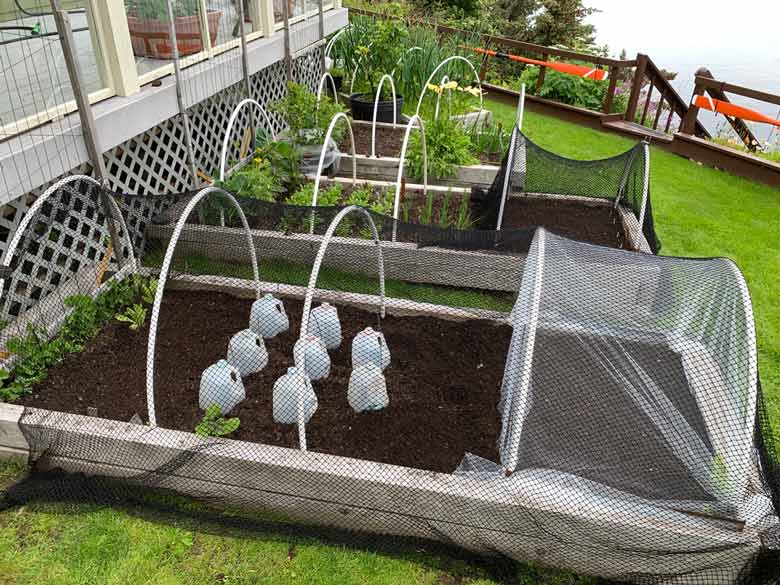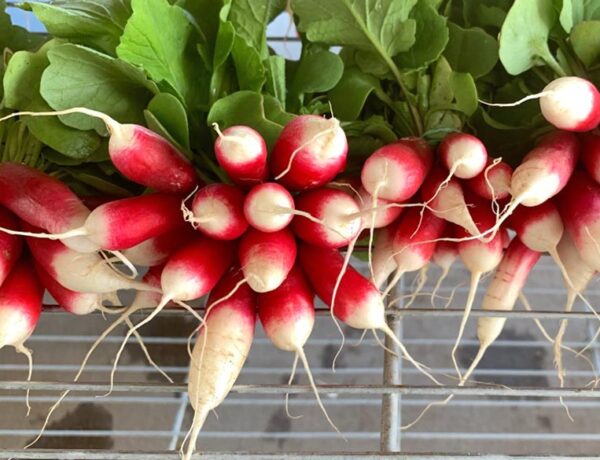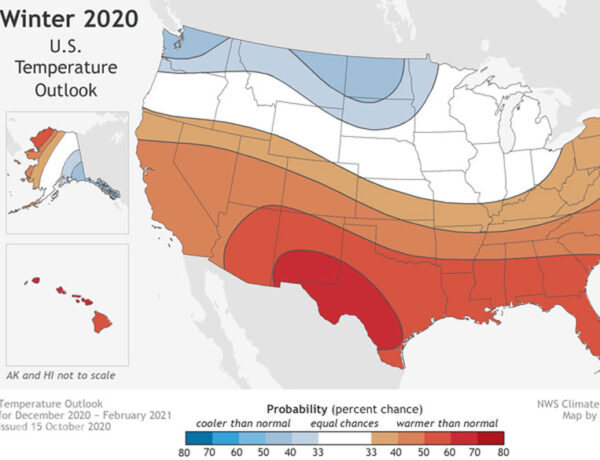When spring arrives, gardeners take on a different posture: A slight bend at the waist and leaning forward as if hurrying away from winter. Eventually, they’ll… pull out one foot from winter’s grasp, and then the other. Like stepping onto hard gravel after slogging through the sulfur-smelling muck at low tide.
Though cool weather insists on persisting, spring is here.
And so I figured it’s time to cover some Q and A’s. Let’s dig in…
What’s the difference between an annual and perennial?
If left to columnist Erma Bombeck would say…
[perfectpullquote align=”full” bordertop=”false” cite=”” link=”” color=”” class=”” size=””]Friends are “annuals” that need seasonal nurturing to bear blossoms. Family is a “perennial” that comes up year after year, enduring the droughts of absence and neglect. There’s a place in the garden for both of them.[/perfectpullquote]
The short answer is that annuals don’t come back, but perennials do.
Plants that flower and die in one season are annuals—although many, such as Iceland poppies and calendula, will drop seeds that you can collect (or leave) to grow new plants in the spring.
Annuals will also typically bloom all season until frost, so you get a consistent color and showy blooms. Another advantage is that these plants can typically go in the ground any time, even in July, to refresh your beds.
Perennials, on the other hand, come back for many seasons. While the above-ground part of a perennial dies back in winter, new growth appears the following spring from the same root system. While this makes planting easier, there are some drawbacks. Perennials tend to have less flashy flowers and bloom for a shorter period of time, usually just two to six weeks.
[Hi, Marion here. This article was originally published in the Kodiak Daily Mirror, the hometown newspaper for Kodiak, Alaska. You can access the archive page for my past columns, written each week since 1986].
When can I remove mulch from around my perennials?
Hopefully, after this current cold stretch, the soil will continue to warm up and more perennials will poke up through the soil. It’s a bit early yet to start pulling and lifting mulch, though. When I say “mulch” this means leaves, spruce branches, and dead grasses and stems. Mulch is a great insulator, but it has a downside, too. If left sitting on plants for too long, it can cause crown rot. Plus, it can block vital sunlight.
[perfectpullquote align=”full” bordertop=”false” cite=”” link=”” color=”” class=”” size=””]Think of mulch as a parka. You wear it outside most of the winter, but come spring, you don it less frequently.[/perfectpullquote]
True, some days may start out coolish, but by noon it’s another story. You end up shedding your heavy coat, only to put it back on, say, when you head outside for an evening stroll.
[perfectpullquote align=”full” bordertop=”false” cite=”” link=”” color=”” class=”” size=””]To pull mulch off your raised beds, do it with finesse. That is, carefully and in stages.[/perfectpullquote]
This sounds tedious but you don’t want to be too ambitious, lest you uproot a tender, winter-survivor seedling.
So don’t remove ALL mulch. Weather is always the Big If and while snow won’t damage plants at this point, a deep frost will. My favorite protective mulch are spruce boughs: Easy to set in place and easy to remove.
What soil temperature is best for transplanting seedlings?
Who likes a cold shower? Warm soil is ideal but as a general rule, the soil should be at least 43 degrees. Much below that, and many nutrients are locked up and plants can’t utilize them.
Meanwhile, watch the weather closely. Keep bed sheets, shower curtains, cardboard boxes, and tarps handy as emergency covers in case we get a freeze.
What about spring perennials?
When the time comes, cut back dried stalks and seed heads. Gently remove old leaves and plant debris. Don’t dig them up in your hurry to fill empty spaces with annuals. Plus, you don’t want to bury tiny seeds like those dropped from Iceland poppies, if you want to see new plants.
As a reminder, when you DO divide your perennials, consider donating a few to the May 8 spring plant sale, a benefit to support Kodiak’s public radio station KMXT 100.1 FM.
My currant bushes aren’t producing like they used to? Should I prune it?
Currants and gooseberries can become a bit overgrown and fruits become smaller with each year. That’s a signal to thin out the bushes. Select a few of the oldest branches and cut them right to the ground in early spring. If you do this faithfully every few years, the bushes should continue to produce and thrive, according to the Pruning Answer Book, by Lewis Hill.
My hand pruners are dull and don’t cut well. How can I keep them sharp?
Sharp tools make clean cuts that heal quickly. You’ll want to sharpen your pruner’s blades with a grindstone, whetstone, or steel file. Here’s how:
- Take apart the tool carefully, lining up parts on your workbench in the order you remove them.
- Wipe them with a rag soaked in paint thinner. Use a sharp knife to scrape off any residue.
- Lubricate the sharpening stone with light oil. Affix the blade to the handle and holding the partially reassembled tool at an angle, lay the beveled edge flat against the stone and pull it toward you. As you work, the edge will become even and shiny.
How do I build raised beds?
Raising crops of vegetables, herbs, and annual flowers in boxed-in raised beds is the best way to garden in our cool coastal climate. Raised beds improve drainage, provide nutrients more readily to plants, and prevent soil erosion. And since fluffy is what you’re after, don’t compress the soil by walking on it. (That goes for kids and dogs, too).
As for materials, you have many options: 4 by 8’s, 2 by 12’s, logs, stones, cement blocks, and so on. Keep the width of each bed to a size that allows you to reach across without having to step in the middle. Which means an average width of three to five feet.
If you didn’t get around to building beds last fall, fill the bottom half to two-thirds of the bed with chunky stuff such as kelp, manure, strips of sod placed face down, root balls from last year’s hanging baskets, and so on. Top off with smaller-textured compost, cow manure, shredded leaves, peat moss, and soil.
For the first year, plant only annual vegetables, herbs, and flowers in the new beds because the height of the soil will shrink by 1/3 or 1/2 by summer’s end. In the fall, you can top the soil off with more compost and mulch.
And finally, I’ll leave you with a bit of sad-but-true humor from writer Doug Larson:
[perfectpullquote align=”full” bordertop=”false” cite=”” link=”” color=”” class=”” size=””]Life expectancy would grow by leaps and bounds if green vegetables smelled like bacon.[/perfectpullquote]
Garden job jar:
Vegetables to start from seed: Cress, lettuce, arugula, kale, broccoli.
Flowers and herbs to start from seed: Cilantro, calendula, parsley, dill, marigolds, sweet peas, nasturtiums.
++++++++++++++++++
What is your favorite part about spring gardening? Let me know in the comments.
Have a blessed day,
Marion
P.S. Did you know that compost is the #1 thing you can do for your garden? Join the waitlist for my next FREE composting mini-class. Check out my Joy of Composting Facebook page. To contact me by email: marion (at) marionowenalaska.com.





No Comments